Things to do on National Trails Day, plus open-water stand-up paddling

By Mary Forgione
Welcome to The Wild! (View in web browser here.)
Ever try crossing from Santa Catalina to Dana Point on a stand-up paddleboard? Don’t, unless you are with a pro. I ran into Terri Plunkett in Two Harbors on the western side of the island in mid-April. She and her team were preparing to do a relay-style 40-mile crossing.
“I have done countless SUP events around the world but, hands-down, this was the most challenging event I ever participated in,” Terri emailed me afterward.
Anthony Vela, a former L.A. County lifeguard, stand-up paddling coach and competitor, organized the event. Vela and his company, Performance Paddling, train intermediate and advanced paddlers. Sixteen students, ages 32 to 73, participated in the crossing. Anthony chatted with me about the logistics of open-water stand-up paddling. Here’s an edited version of our conversation.
How fast can you go in open-water paddling?
Depending on conditions, you can paddle between 4 and 5 mph. Our paddle was 40 miles. We did it as a relay with teams. If each team averaged 4 mph, that would take 10 hours. If each team averaged 4.5 mph, that would take us nine hours. We all finished under nine hours 30 minutes. The fastest team finished under nine hours.
What does it take to put together a relay event?
The first thing is safety. Each of our teams had their own escort boat. You could fall and hit your head or your ribs, or, God forbid, have a heart attack. We had four Zoom meetings and one in-person meeting to go over all the particulars leading up to the event. We also practiced on the water as well.
How did you know what conditions were going to be like?
We pick a date when options are best. The predominant winds [in mid-April] were in our favor, so we picked as late in the spring season as possible, before the winds start to change. You have to make sure water and air warm up a bit. One of our members has been wind-surfing a long time, so he went and researched all of the wind conditions on the selected date for the last five years. We had experts in the water and experts driving the boats as well.
Is there a time of day that’s more favorable than others?
Super early. The worst factor for stand-up paddling is wind. You’re standing, so you don’t have a lot of surface area for the wind to hit. If it gets windy, it’s bumpy, and the wind can counteract what you’re trying to do. We left at 7:03 a.m. The wind gets stronger later in the day.
Do conditions ever become difficult?
The conditions were so favorable for us; mostly, everyone was able to stand-up paddle the whole time. If it’s windy, you paddle on your knees, which is very, very hard on your body. [One participant] had a prosthetic arm and was 6 foot 8 inches tall — not so easy for him to continue if conditions became difficult.
Each team did 20 to 30 minutes per person, then rested for an hour. Safety tip: If you’re out paddling and conditions are really bad and you can’t make progress on your knees, lay down on the board and just use your arms. For us, if it got to that point, we would just put the board on the boat and go.
Can you get seasick while stand-up paddling?
I don’t know anyone who has. The hard part is being on the boat, because it’s going so slowly. Most of the time, you are going 4 mph for 10 hours. Most everyone took some type of sea sickness pills.
What about the shipping lanes?
You’re in a heightened state of awareness when you’re in those lanes. That’s another thing our escort boats look for as well. If it’s foggy and you can’t see the escort boat, the plan is to have the boats with radar communicating by radio so there’s no possible threat of collision. We also monitor shipping lanes through a couple different apps.
Is paddling harder in open water?
You’re basically hula dancing. Your lower half is moving differently than your upper half. If you’ve seen those mountain bikes with the heavy shocks? Your lower body acts like a shock absorber.
What did it cost?
Roughly between $700 to $1,000 per person, including membership in Pacific Paddling and staying over on the island.
3 things to do this week
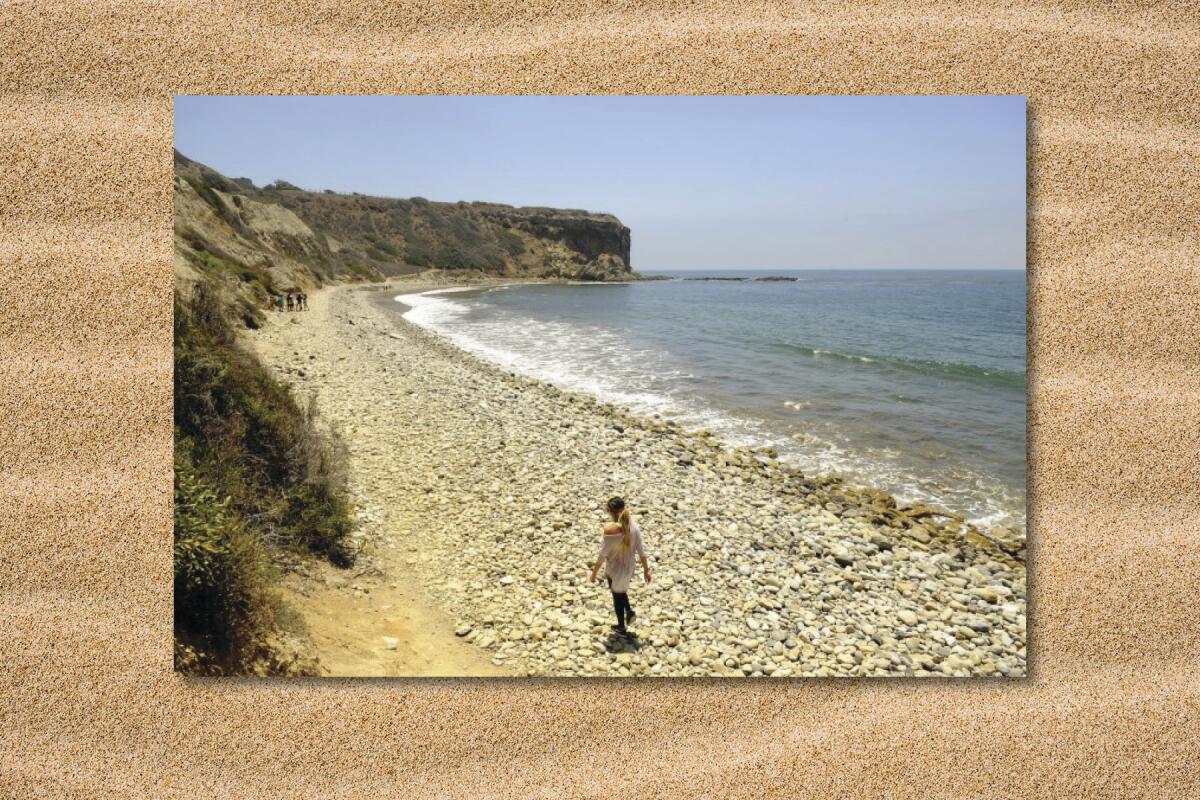
1. Love up a trail in honor of National Trails Day. National Trails Day, established in 1993, is dedicated to promoting and preserving trails. It’s always held on the first Saturday in June, which falls on June 5 this year. In non-pandemic times, organizations throughout the country offer volunteer opportunities such as cleanups and trail maintenance. This year, you can pick from virtual or in-person events. For example, you are invited to plant trees and shrubs at 9 a.m. to noon Saturday at Abalone Cove Reserve in Rancho Palos Verdes (register here). Or runners, hikers and cyclists can organize a DIY cleanup on trails in the Santa Monica Mountains National Recreation Area (details here). If you are browsing for parks to visit, check out Find Your Park. Find more info on Trails Day at the American Hiking Society.
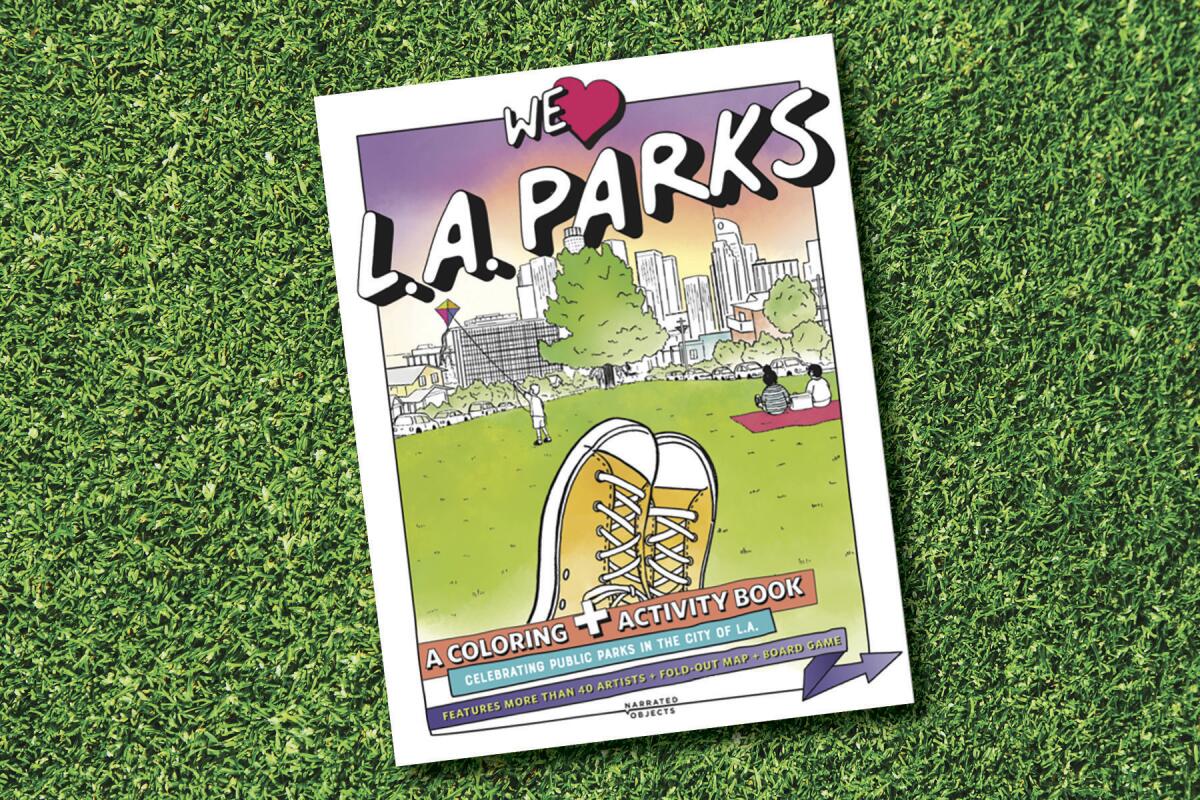
2. Pick up a copy of the new We Heart L.A. Parks coloring book. This coloring book is a sweet tribute to L.A.’s open spaces, some of which you may know little about. Kite-flying at Angels Gate Park in San Pedro, bird-watching at Augustus F. Hawkins Nature Park in Compton (named for the first Black congressman west of the Mississippi River elected to the House of Representatives) and art-trekking at the Bowtie Parcel in Glassell Park are all included, as well as “original art from 50 local contributors — ages 8 to 87, from park activists and established muralists to elementary and high school students.” You can find a copy ($19.99) at Skylight Books in Los Feliz, the Library Store in DTLA and other sites, or go to Narrated Objects to order. A portion of book’s profits go to the Los Angeles Neighborhood Land Trust.
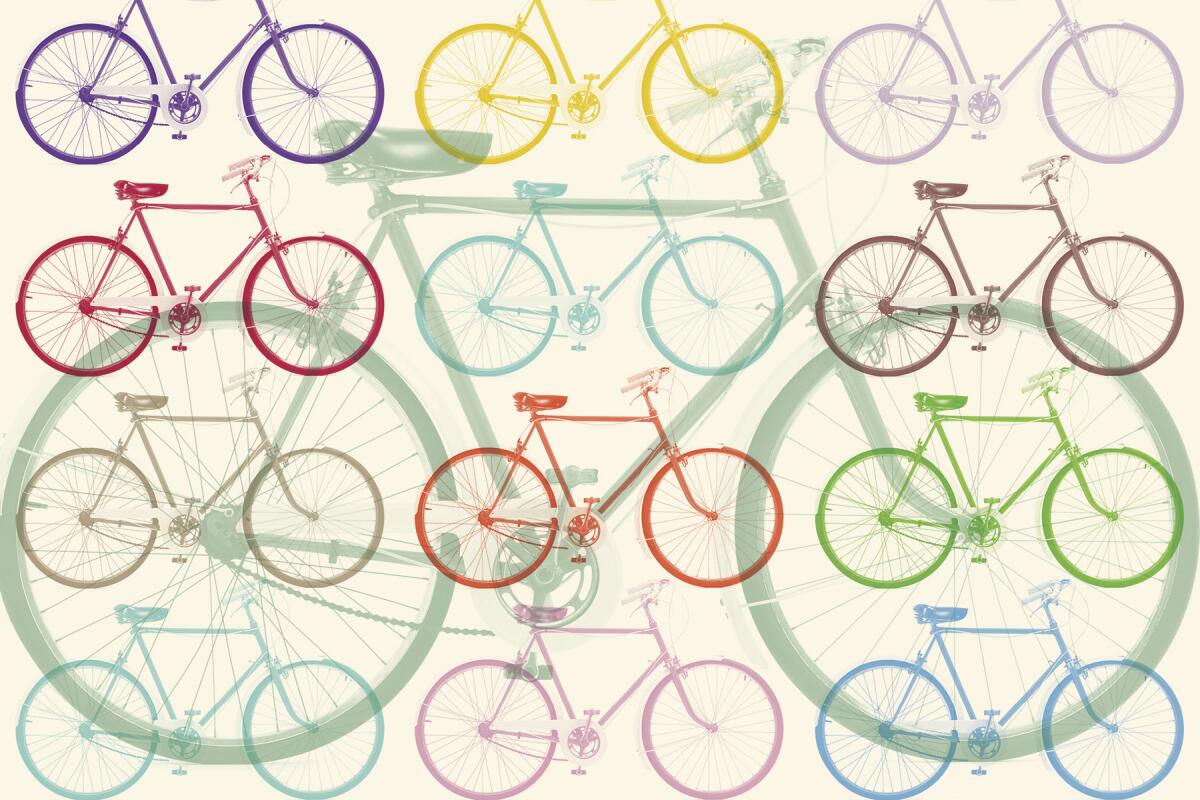
3. Take a bike ride with the L.A. Wheelmen. The L.A. Wheelmen have been riding the streets of L.A. since 1945. The group invites Angelenos to join them on weekly bike routes that offer long, medium and short rides. Sunday’s ride starts at 8:30 a.m. in Torrance on a flat route that could take you all the way to Knott’s Berry Farm (don’t worry, there’s a shorter 27-mile route). Here are the details on the South Bay Surprise itinerary.
The must-read

Where to take your dog on a nearby trail? Matt Pawlik answers the question beautifully with these 12 best dog-friendly urban hikes. “Los Angeles has no shortage of doggie-centric outdoor spaces, including the hipster hound haven that is Silver Lake Dog Park and Rosie’s Dog Beach, the beautiful stretch of coastline in Long Beach that allows for off-leash sand play,” Matt writes. But if you want to be on trails, these 12 hikes are “the best doggone adventures in town.” Read the full list here. For more places to go, check out the 50 best hikes in L.A. and the 40 best California outdoor experiences.
Wild things

Scrub jays are those large blue birds that flitter around urban and wild L.A. Some mistakenly call them bluebirds (you can find Western bluebirds in L.A., but they aren’t jays) or just blue jays. They’re smart enough to know how to cache nuts and save them for a rainy day meal.
My colleague Scott Sandell wrote about a newfound appreciation for scrub jays after a pair turned up in his yard: “Though they’re not enshrined as the state bird, as the California quail is, or protected as an endangered species, as the California condor is, there’s something quintessentially Californian about these boisterous, screeching, blue-and-gray birds that can be seen in parks, yards and wooded areas along the western part of the Golden State, as well as the Pacific Northwest and Baja California.”
Apparently, these birds are on the decline in California and Nevada for a number of reasons: “West Nile virus; habitat change and loss, as coastal areas are developed; and climate change,” according to Scott. Read the full story here — and look around for scrub jays.
Cool it
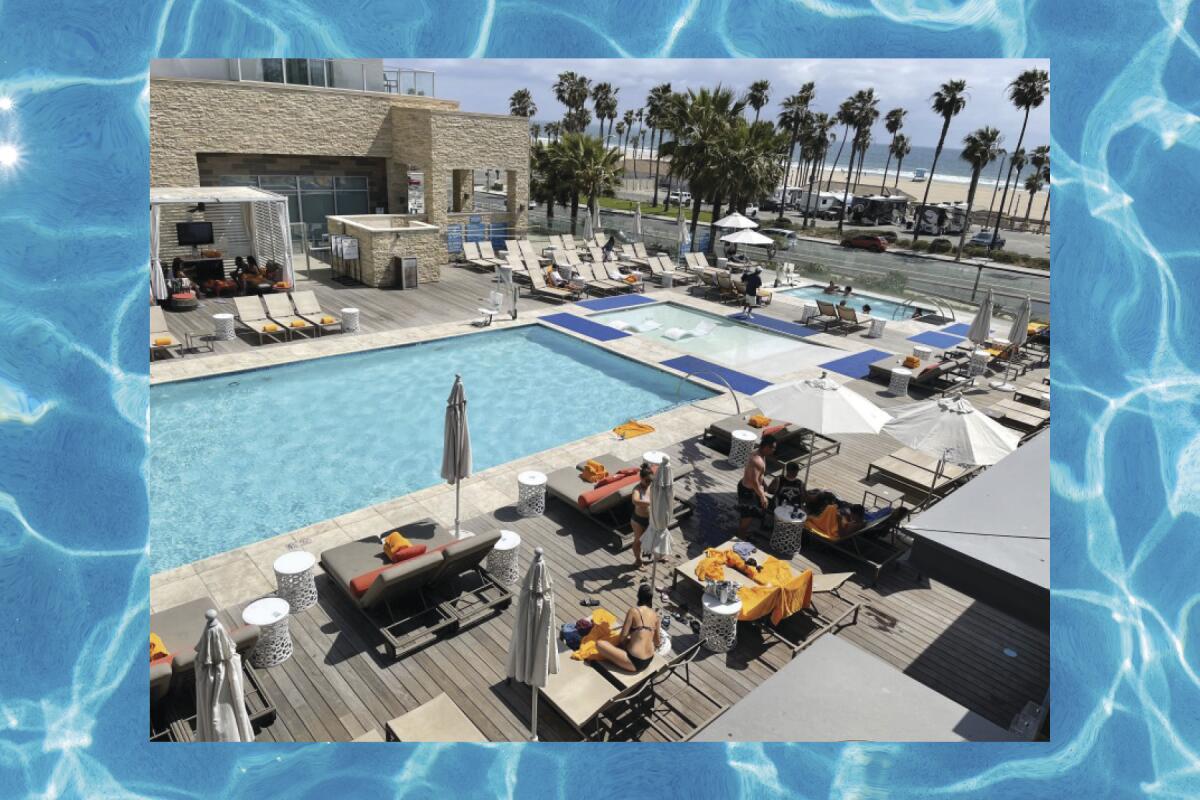
Swimming is the quintessential summer treat, particularly if it’s in someone else’s swank pool. Here’s a way to get your kicks without leaving home. Ten of the coolest hotel pools in Southern California offer day-use passes for locals or anyone who wants to notch a few laps or just hang. For example, $50 gets you a day at the pool at Huntington Beach’s Paséa Hotel & Spa. Check out the list of 10 cool pools, which includes prices and amenities.
The red flag

In Boiling Point, the L.A. Times’ environmental newsletter, my colleague Sammy Roth last week tackled a thorny issue about renewable energy: Are solar and wind farms ugly or beautiful? Hikers, bicyclists, runners and any trail users or nature lovers have seen landscapes cluttered with panels and turbines. But at least we aren’t seeing dirty coal-burning plants. Now, the Biden administration has unveiled plans for wind farms off California. What do you think? Check out opinions in Boiling Point, and sign up for the newsletter here.
P.S.
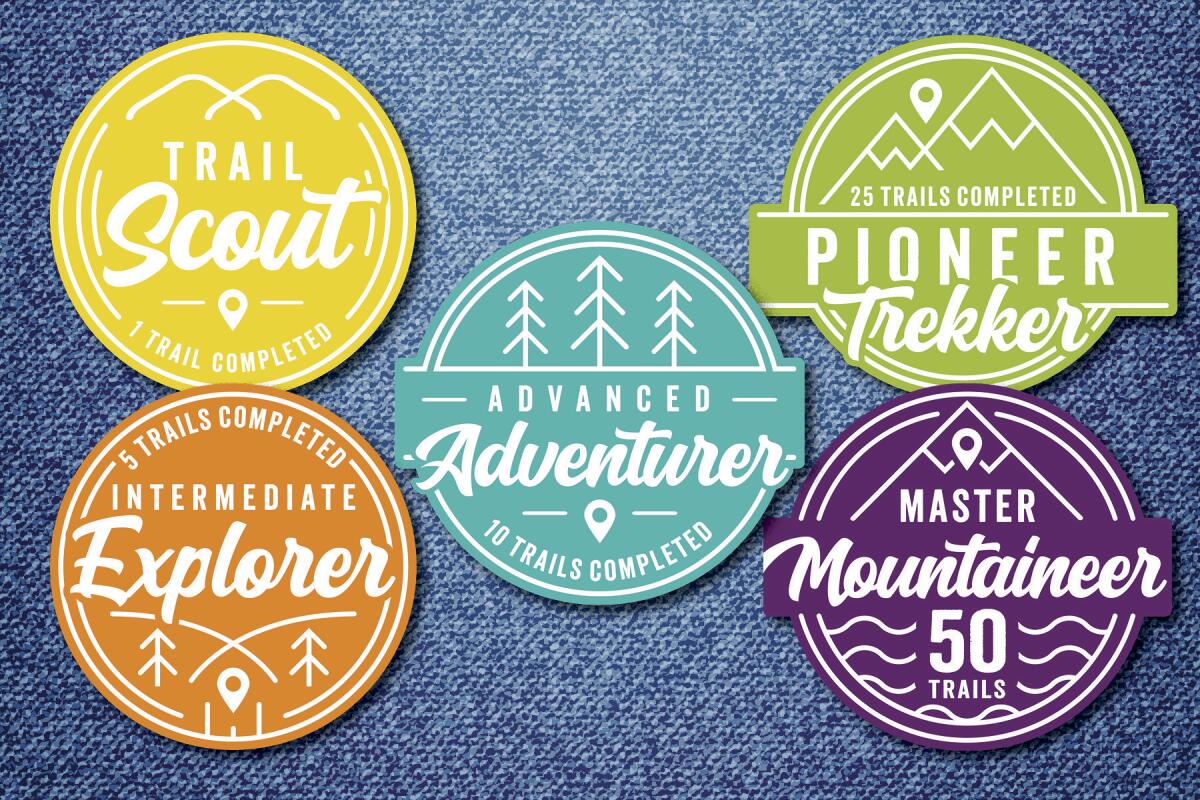
Earn your digital hiking cred with a new Trail Heads program that rewards you with badges for hikes you complete in Tuolumne County, which includes Yosemite National Park and nearby wilderness areas. Here’s how it works: Complete one hike, you get a Trail Scout Badge; complete 50, you get a Master Mountaineer Badge. Start by looking at the best trails in the area and how to get there at Visit Tuolumne County.
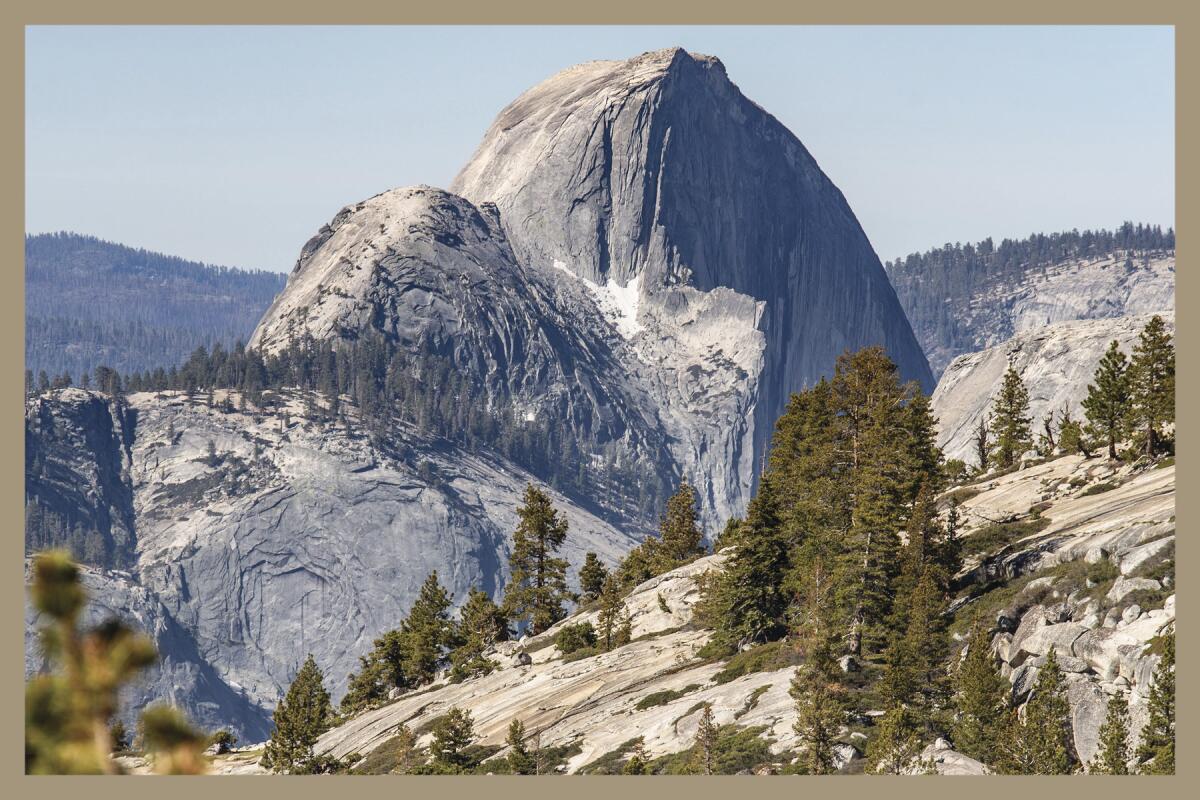
Speaking of Yosemite, visitors will find changes this summer. First, you’ll need a day-use reservation before you enter the park, now through Sept. 30. Second, there’s a new traffic flow plan being tried in Yosemite Valley, so expect to find one-way routes and different ways to get to your destination. Third, for the second summer, in-park shuttles aren’t running because of the COVID-19 pandemic. Be prepared to walk or bicycle to your destination instead. Also, the Tioga Pass/eastern entrance to the park has opened for the season. Nearby Mammoth Lakes Basin also is open.
Corrected: Last week in The Wild, I had said that the Banning Ranch oil field, a 384-acre site in Newport Beach slated to become a nature preserve, was purchased by the Trust for Public Land. Actually, the trust has an exclusive agreement to buy the land and has 12 months to raise the money to complete the sale. Here’s the story.
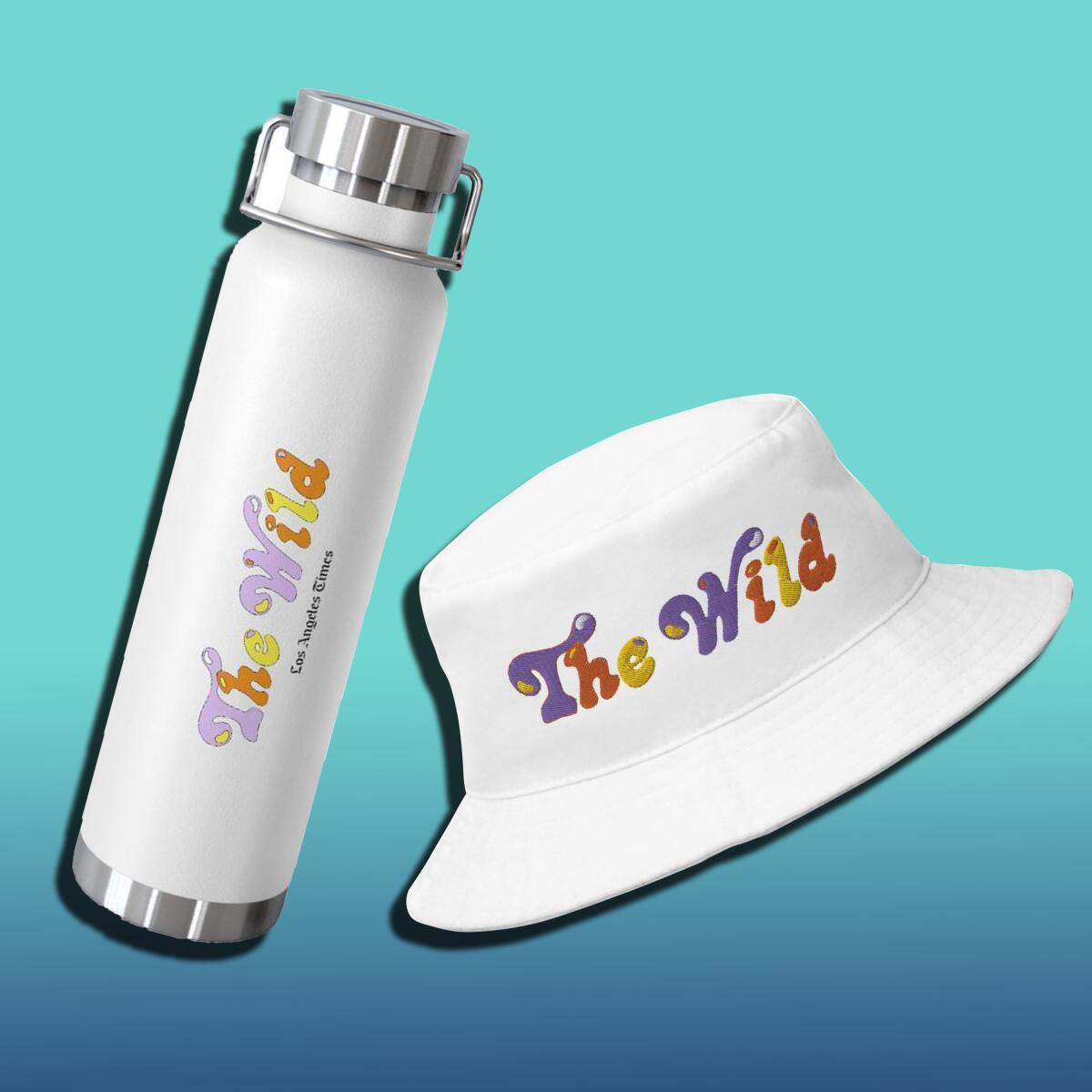
Want something new to wear on the trail this summer? Add a white, sun-reflecting bucket hat with The Wild logo to your hiking wardrobe. You can pick up a branded water bottle too. Click here to order.
Send us your thoughts
Share anything that’s on your mind. The Wild is written for you and delivered to your inbox for free. Drop us a line at TheWild@latimes.com.
Click to view the web version of this newsletter and share it with others, and sign up to have it sent weekly to your inbox. I’m Mary Forgione, and I write The Wild. I’ve been exploring trails and open spaces in Southern California for four decades.

Sign up for The Wild
We’ll help you find the best places to hike, bike and run, as well as the perfect silent spots for meditation and yoga.
You may occasionally receive promotional content from the Los Angeles Times.




